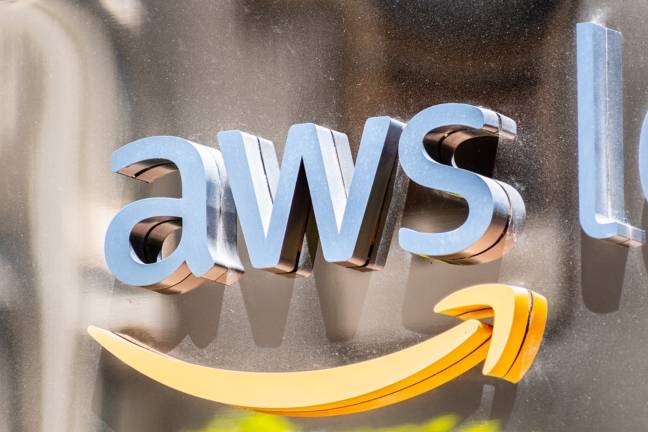
AWS says it has improved support for Microsoft-platform development with the introduction of Visual Studio on EC2 (Elastic Compute Cloud) virtual machines – complete with an AWS-provided license enabling “on-demand Windows instances including Visual Studio and Windows Server licenses without long-term licensing commitments,” according to the company.
There is also an ambitious new .NET modernization tool to assist the conversion of monolithic .NET applications to microservices, called AWS Microservice Extractor.

Visual Studio exists in a free community edition, but some features are reserved for the commercial Professional and Enterprise editions. In particular, the community edition is only licenced for up to 5 users in a non-enterprise organization, defined as having fewer than 250 PCs and/or less than $1 million US annual revenue. The Enterprise edition also has more advanced test and debug tools, including snapshot and “time travel” debugging, live unit testing, Code Coverage, and Microsoft Fakes.
Microsoft licensing is complex and running a product like Visual Studio on a cloud-provided host normally requires either a “bring your own license” model or a separate license acquired from a Microsoft partner under the SPLA (Service Provider License Agreement), the exact terms of which vary according to the product. For Visual Studio on Azure, Microsoft states that a product key or subscription is needed.
AWS has now come up a license-included offer for Visual Studio that simplifies matters for organizations whose licensing requirements change month by month. It is not quite as easy as running up a EC2 instance though. Customers have to sign up to both AWS Managed Microsoft AD, a service which runs a pair of Windows domain controllers on an AWS VPC (virtual private cloud), and to the AWS License Manager, a service for acquiring and managing licenses from vendors including Microsoft, Oracle and SAP. Customers are required to purchase licenses for both Remote Desktop Services and for Visual Studio, for each user. “You are billed per user for licenses of Visual Studio through a monthly subscription and per vCPU for license-included Windows Server instances on EC2,” says AWS.
The bottom line then is that running licensed Visual Studio on AWS remains both expensive and more complex than simply launching an instance – but a bit simpler than it was before.
The Microservice Extractor is another example of how AWS is keen to support its Microsoft-platform customers. This tool is for developers who want to refactor a monolithic .NET application, whether .NET Core or .NET Framework, into a microservices-based architecture.
Opinions vary as to whether such a move is good progress or a last resort. Presuming it is needed though, the tool “identifies common extraction candidates using heuristics-based techniques, and highlights those in visualization.”
The tool will look at things like “data adjacent nodes,” defined as classes that pull data from a database or file system, and which might potentially live together as a new microservice. Better than a development team can do on their own? It does sound ambitious, but it is a free tool – so nothing lost in giving it a try.
